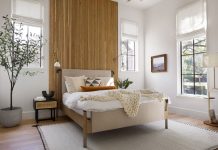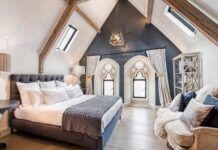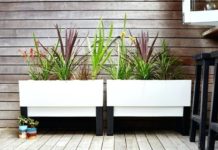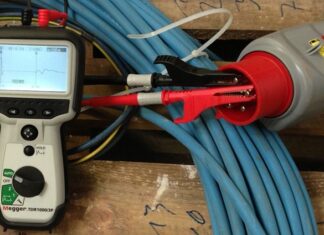
Great design lies in the details. Lights, plants and reflective surfaces can completely transform the feel of your space. These are the sort of secrets architects, interior designers and landscapers employ to create the desired ambience. You can see it in landmarks known throughout the world, but you can also see it in your favourite cafe or your living room. Illumination changes the game.
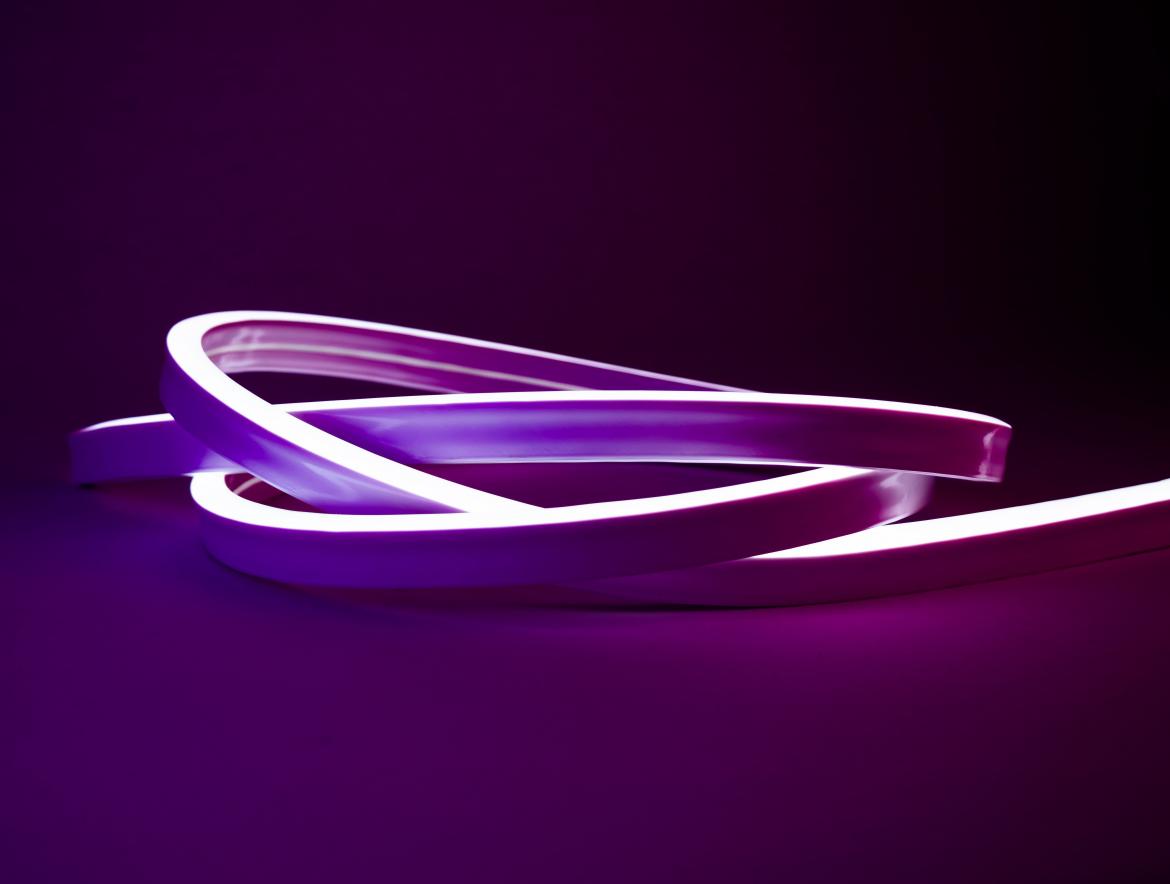
While you can certainly go for a wide array of styles when you are fixing your space, LED strips can play a big role in the ambience you will create.
LED Strips: 101
If you have never purchased LED strips before you should first become familiar with their features. Preparation is everything when it comes to putting together an LED accent lighting. Determine the length of the cord, it’s colour, the brightness levels, it’s tone and of course powering, wiring and mounting options.

Don’t let this checklist overwhelm you. With proper guidance, you can make an informed decision. Just don’t go for the most elaborate offer you can find. This might prove to be penny wise pound foolish purchase in the long run. Fortunately, many retailers offer a practical LED calculator so you can get an idea of the overall cost.
LED Strips Length
You can get strips that are already cut to length or you can get a reel and then do the trimming on your own. The LED density crucial for brightness will affect the placement of the cut point on the track. High-density bright LEDs can be cut further apart, while less bright strips can be cut at shorter intervals.
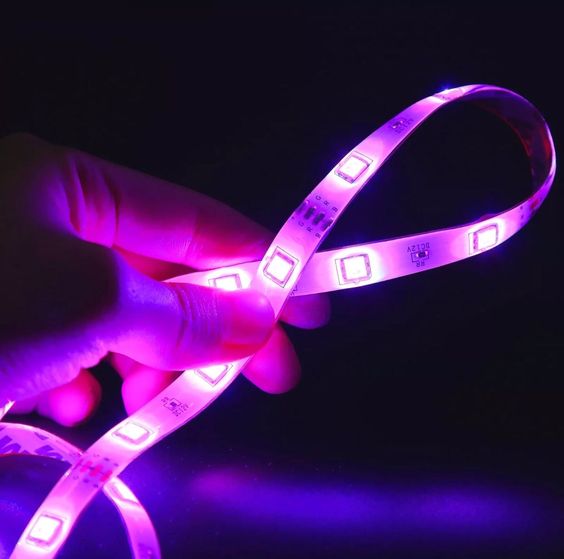
LED Color
The colours are based on combinations of red, green and blue diodes. You can also find UV strips, and of course, white. Choosing the right white light for your project can be tricky because there are at least three tones of white: cool, neutral and warm. The temperature is measured in CCT (or Correlated Color Temperature) and it corresponds to the effect your light will have against the backdrop. For example, cool white has the highest temperature and it creates almost a bluish-white and bright light that is good for doing tasks. Warm white light has low CCT (3000K) and gives off a yellowish light. Usually, this yellow LED light is installed in living spaces in which you want to relax and unwind, like the living room. Neutral or natural white is somewhere in the middle. Because it’s very similar to natural daylight, you can use it to light up almost any room or object.
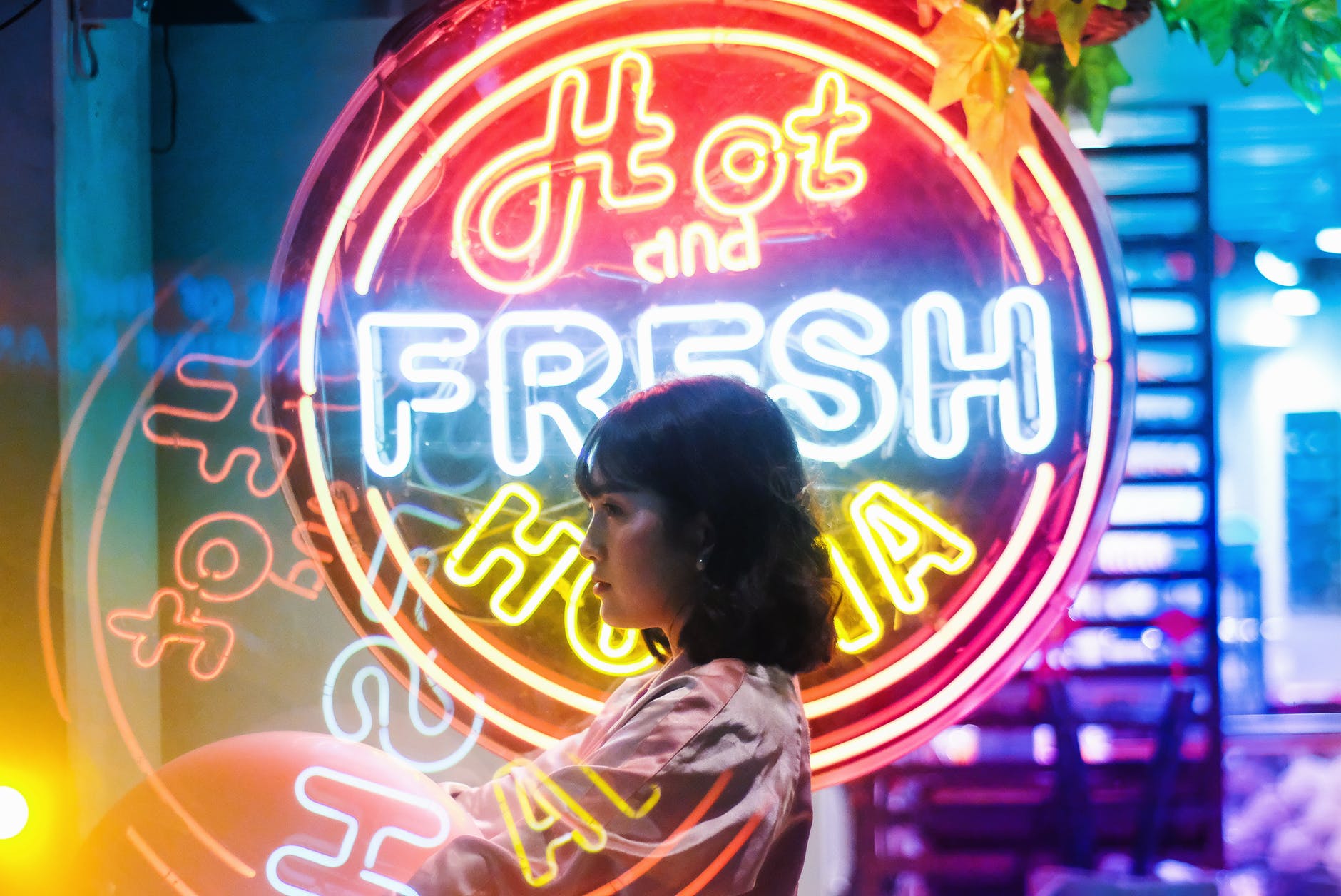
LED Brightness
With LED lights, you can get levels of brightness that were simply not possible with standard bulbs. The only question is whether you want to go for the brightest light you can find. Certain levels of brightness are more suitable for different applications (indoor vs. outdoor, accent vs. task lights, etc.).
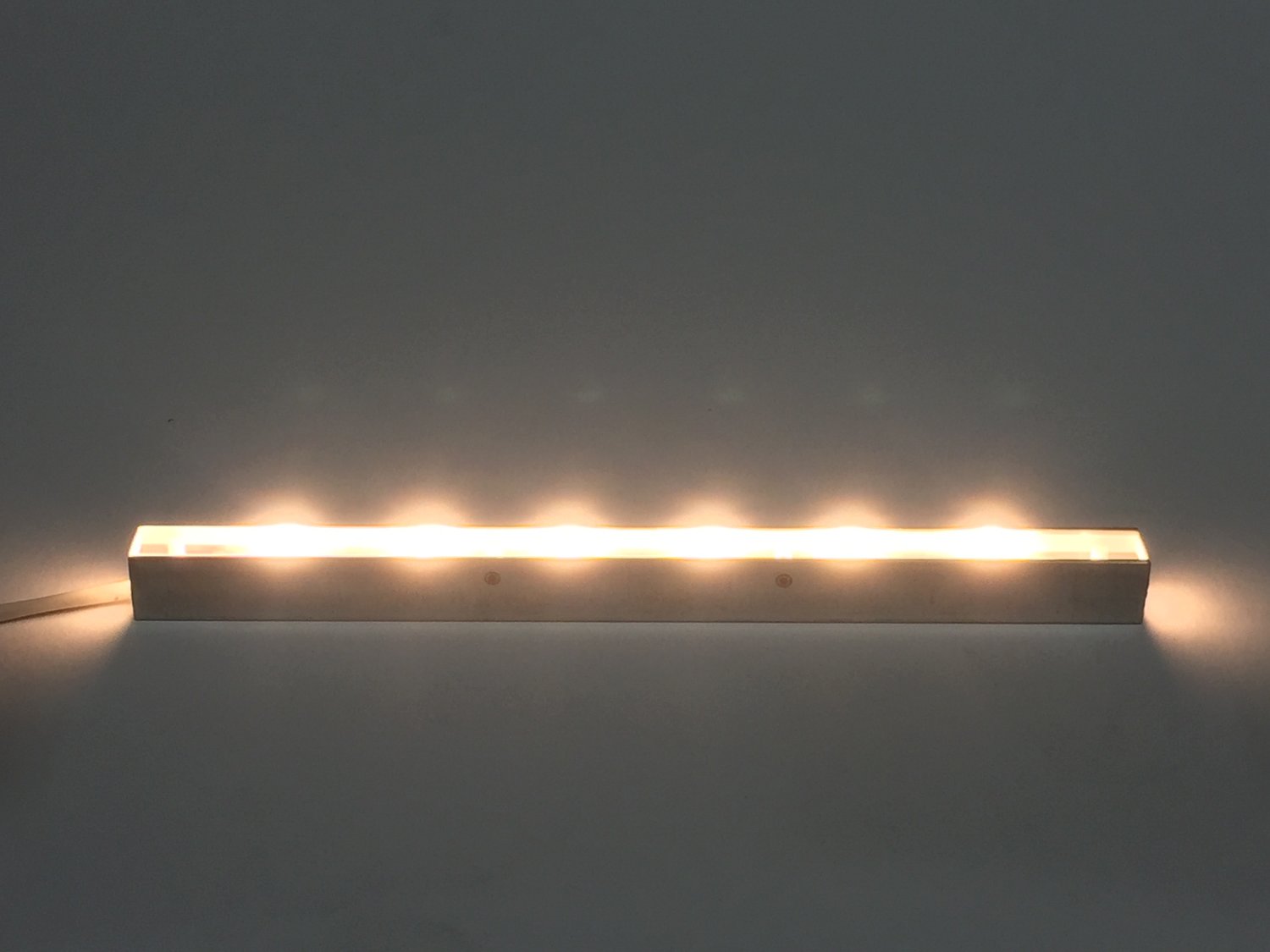
You might also want to check the number of LEDs per a determined length. More LED fixtures will provide better illumination, however, LED density affects the point at which you can cut the strip.
For example, when you want to apply contour (or mood) lighting, it’s recommended to go for a brightness of around 200 lumens per 30cm. If you apply under cabinet lighting you can go for slightly higher brightness, but not more than 360 lumens. Task lighting can go up to 450 lumens per 30 cm, particularly if you have quite a distance from the source. And in the bedroom, you can play with differing levels of brightness (180 to 500 lumens per 30cm).
Tips on Placement
Wondering where to put LED strips? Since they have a particular shape, there are a few foolproof ways to apply them in your space. Under-cabinet accent lighting is one of them, but you can delve much deeper than that. For example, the railing of stairs and hallway perimeters are best contoured with LED strips. Your vanity mirror as well as other pictures on your walls will benefit from rimming with LED. Just like you’ve seen in professional studios or art galleries. But you can rim everyday objects as well.
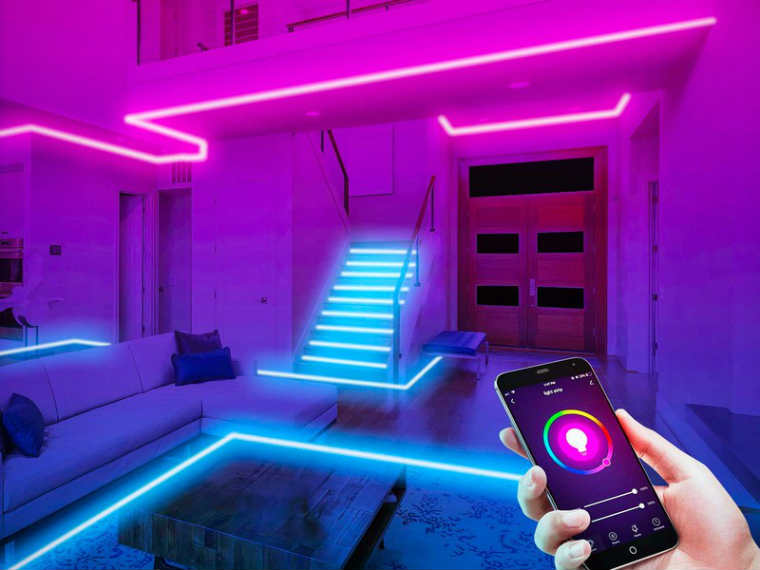
The bathtub and sink are two such examples. You can also use an LED strip to create a backdrop for your TV Screen. It offsets the contrast of watching a movie against a pitch-black background.
And these are just the basics. If you add your reflective surfaces, like mirrors, glass, water and metal surfaces to the equation, you can multiply the light. You can ‘fill’ a glass enclosure with LED strips – let’s say, underneath the tread of the stairs – and create a unique experience for everyone in that space. In essence, you can let your imagination run wild as long as you don’t end up with an unpleasant glare. And of course, as long as your budget allows it. That’s why you should always rely on a good LED calculator before making the final buying decision.


